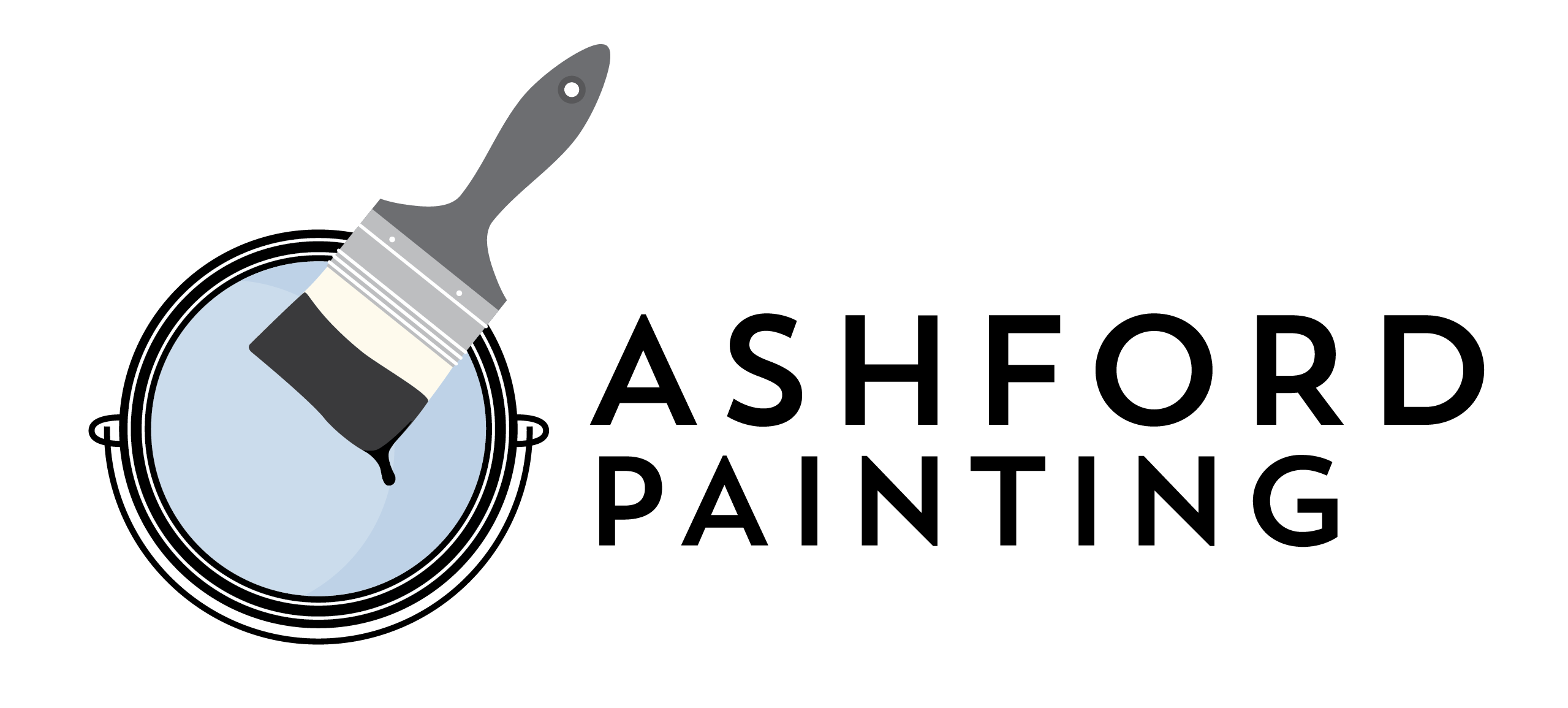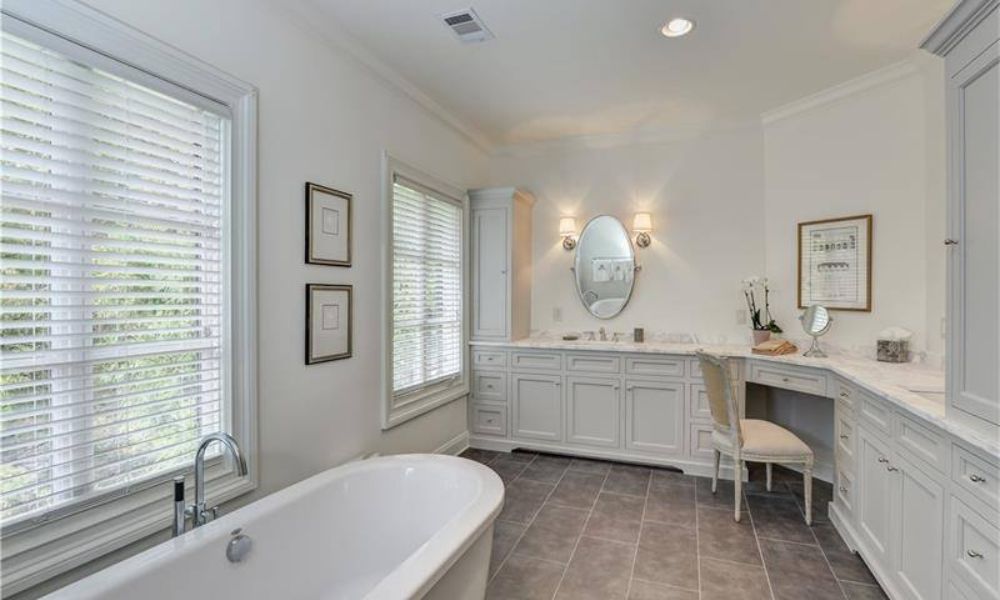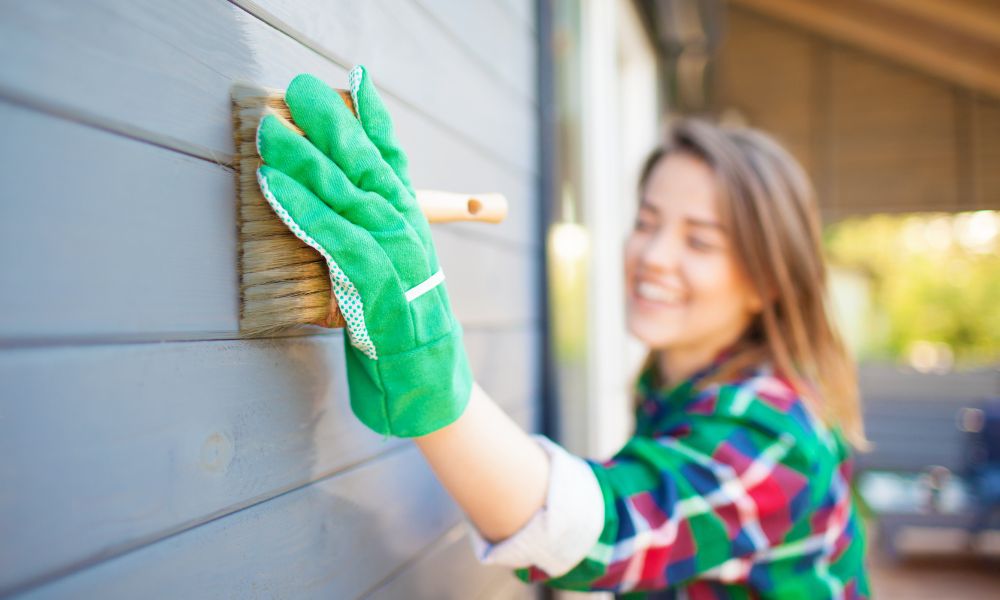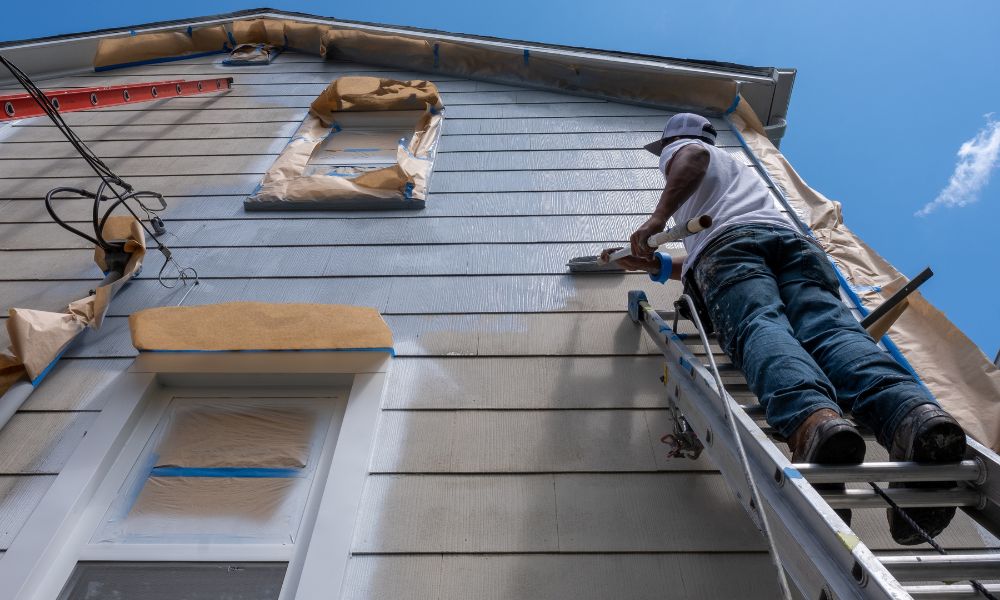Choosing paint colors for your bathroom isn’t easy. Since every bathroom is different, you must carefully consider things like lighting, the color of your fixtures and hardware, and the flooring in order to find the perfect shade. Consider these modern paint colors for your bathroom as you plan your design.
3 Reasons You Should Hire a Professional Painting Contractor
Painting your home is an exciting and nerve-wracking endeavor. While it can be exhilarating to see a new interior design come to life, there are also a lot of things that can go wrong during the process. Here are three reasons you should hire a professional painting contractor instead of doing it yourself.
Finishing a Basement With the Right Paint Job
Most homes come with unfinished basements, providing you with extra space at the mercy of your creative imagination. You can transform it into whatever you desire, from an additional bedroom to an entertainment center. No matter what kind of space you create, the final step of finishing a basement renovation is adding the paint. Here are some tips on how to complete your basement’s final transformation with the right paint and a successful paint job.
How Often Should You Touch-Up Your Paint Job
As with many things in life, time does some wear and tear to your home. Paint fades, cracks, and gains numerous scuff marks as years pass. Getting a paint touch-up revives your home with fresh coats and brighter colors, transforming your home back into its prime. But, how much time should you let pass before touching up your paint jobs?
The Effect of Warm Weather on Exterior Paint
A summer day may seem like the perfect time to paint your home’s exterior, especially with the sun shining, warm temperatures, and no sign of precipitation in the sky. However, too much heat and humidity cause numerous issues, affecting the quality of a paint job. The ideal painting conditions range between 50 to 70 degrees Fahrenheit. Just as you would avoid painting in freezing temperatures, you also want to steer clear of painting in intense high temperatures. Here are some of the effects of warm weather on exterior paint.
Water to Solvent Ratio
With heat often comes humidity. In warm, humid climates, houses begin to sweat from the moisture lingering on their surfaces. When painting in such weather conditions, the water perspiring from the humidity onto the walls blends with the paint solution. Since paint consists of a chemical mixture consisting of part water and part solvent, the added water causes an imbalance in the paint mixture’s ratio, affecting its quality. Watered-down paints contain less pigment and increase the chances of streaks. Plus, moisture also affects the paint properties within the solution, such as waterproofing additives and specialized sealants.
Cures and Adhesions
Low humidity and high heat levels also affect an exterior paint job. In high temperatures, paint dries faster. Although sped-up drying times sound like an advantage, it actually has negative repercussions. The faster the paint dries, the less effective the binders, cures, and pigments react and interlock. It increases future peeling and cracks and dulls the paint’s color. Usually, the wait time for the paint to dry allows the chemicals in the paint to react and settle. If they dry too fast, the paint doesn’t get a chance to situate and undergo its necessary chemical reactions properly.
Paint Lap Marks
Paint lap marks occur for numerous reasons, from improper paint application to poor paint quality. It also commonly occurs when you paint in warm weather. Paint laps refer to the discoloration and lack of sheen on a paint job. These marks occur when wet and dry paint layers overlap and dry quickly during application. They leave streaks and unleveled surface marking, affecting the appeal of your home’s exteriors.
Painting in warm weather affects thequality of the paint and the final product, leaving exteriors with streaks, dull colors, and bumps. Working with professionals and experts to paint your home’s exterior minimizes the risk of paint jobs going wrong. Ashford Painting offers professional exterior painting in Atlanta, providing you with experienced painters who ensure your home get’s painted in the best conditions to produce the best results.





